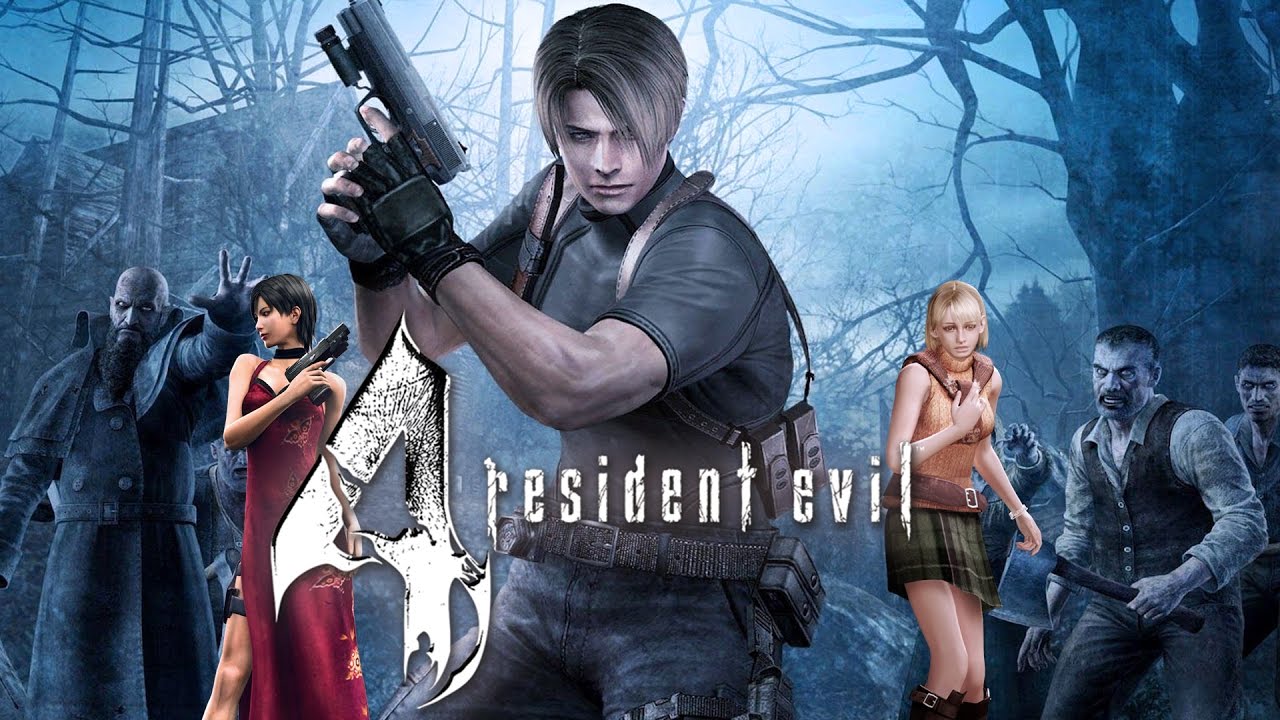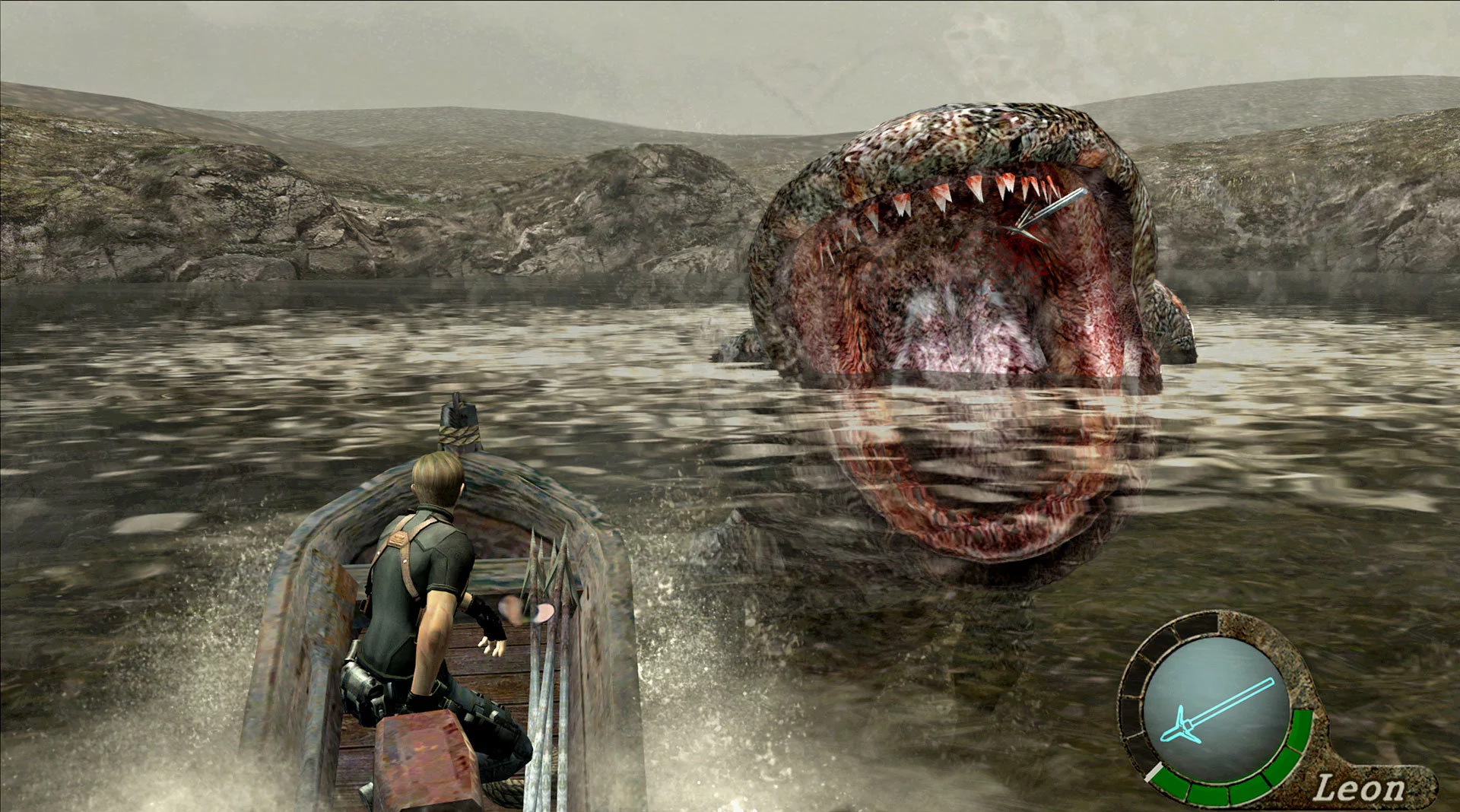
Ah, the glory days of the Nintendo Wii, arguably the first wide-scale release of the groundbreaking three-dimensional “movement control” aesthetic of using your full body to effectively play video games, not just a controller. Nowadays, it seems like most gaming systems – our cell phones included – incorporate this aspect of gameplay in some form or another, but back when the Wii was launched in 2006, it was truly a singular experience.
When I got a Wii in 2006, one of the first games I bought for it was Resident Evil 4, and the game holds the distinction of being the first video game I ever played (and beat!) that heavily involved zombies, and I may have spoiled myself by setting the bar so high. It’s visually stunning, incredibly challenging, and actually has a storyline that engages the player from start to finish, a feat that not all games can accomplish, and certainly not a ton of the dreck that was coming out in the late 1990s and early 2000s.
The game was initially available for play on the GameCube and PlayStation 2 in 2005 and was soon afterwards released on PC, the iPhone, and the Nintendo Wii. The Wii is the platform that I played the game on, and I must say that the uniqueness of using the Wii-mote definitely added to the overall game-playing experience: swinging it like a machete and aiming it like a gun instead of simply pushing buttons and using a joystick made me feel like I was that much more a part of the game.

The game’s list of accolades is lengthy: Nintendo Power named it their 2005 Game of the Year, and ranked it number one on their list of the “Top 20 Best GameCube Games of All Time;” it was ranked number one on IGN’s “Top 99 Games of All Time” list; The Official U.S. PlayStation Magazine named it Game of the Year for the PlayStation 2; Game Informer magazine gave the game a perfect score, ranked it number one on their list of “Best GameCube Games of All Time,” and named it their 2005 Game of the Year; it was Famitsu’s 2005 Game of the Year; it was named Game of the Year at the 2005 Spike TV Video Game Awards; and the G4 Network’s TV show X-Play named it “the greatest game since the beginning of this TV series” (which began in 2003). An impressive list, to be sure.
As I mentioned above, this is one of the best games I have played in terms of keeping me entertained the whole way through. In playing many games, I find myself growing weary of the repetitive nature of doing the same thing level after level, and I often grow so tired of the repetition that I simply stop playing the game halfway through. No fear of that happening here; each level takes you further into the game’s plot and gives you new and special challenges to overcome. At many times I felt bad putting the controller down and leaving the game for another day, because I knew I wanted to play for much, much longer!
Obviously the Resident Evil series didn’t exactly create the idea of slow-moving zombies, but the addition and continued use of the same recognizable characters throughout the series’ many games, movies, etc., certainly helps to add an air of uniqueness to this franchise that the average zombie story may not have at its disposal. And of course, what is any good entrant into the Resident Evil lore without some whacked-out crazy-looking monsters too?

Resident Evil 4 was one of the first video games to add depth to the game in relation to a player’s shots: when you shoot a zombie in the leg, it stumbles. When you shoot someone in the arm, it drops whatever it was holding. And of course, headshots are the primary ways to take the undead down, body shots won’t always get the job done. There are also “context-sensitive” controls in the game; what appears to be an ordinary “background” window might be one you can actually jump out of, or you may need to kick down the ladder you just climbed up in order to stop someone from following you. Small details that are standard in a lot of today’s games, but for a game first released 15 years ago, these details infinitely added to the realistic feel of your gameplay.
In addition to the added gameplay abilities mentioned above, there are great cut scenes and mini-games in between levels that add to the overall game experience, instead of seeming forced in or filler, like many other games. The characters and background have an incredible amount of detail to them, and the cut scenes are really well rendered with 3-D graphics that still present fairly well now, a decade-and-a-half later. Not much to complain about here!
Resident Evil 4 definitely kept you entertained and excited to kill creature after creature, and I highly recommend dusting off your old Wii (or just go and buy one at the used-game store, they only cost like 40 bucks these days) and nostalgically checking it out!
